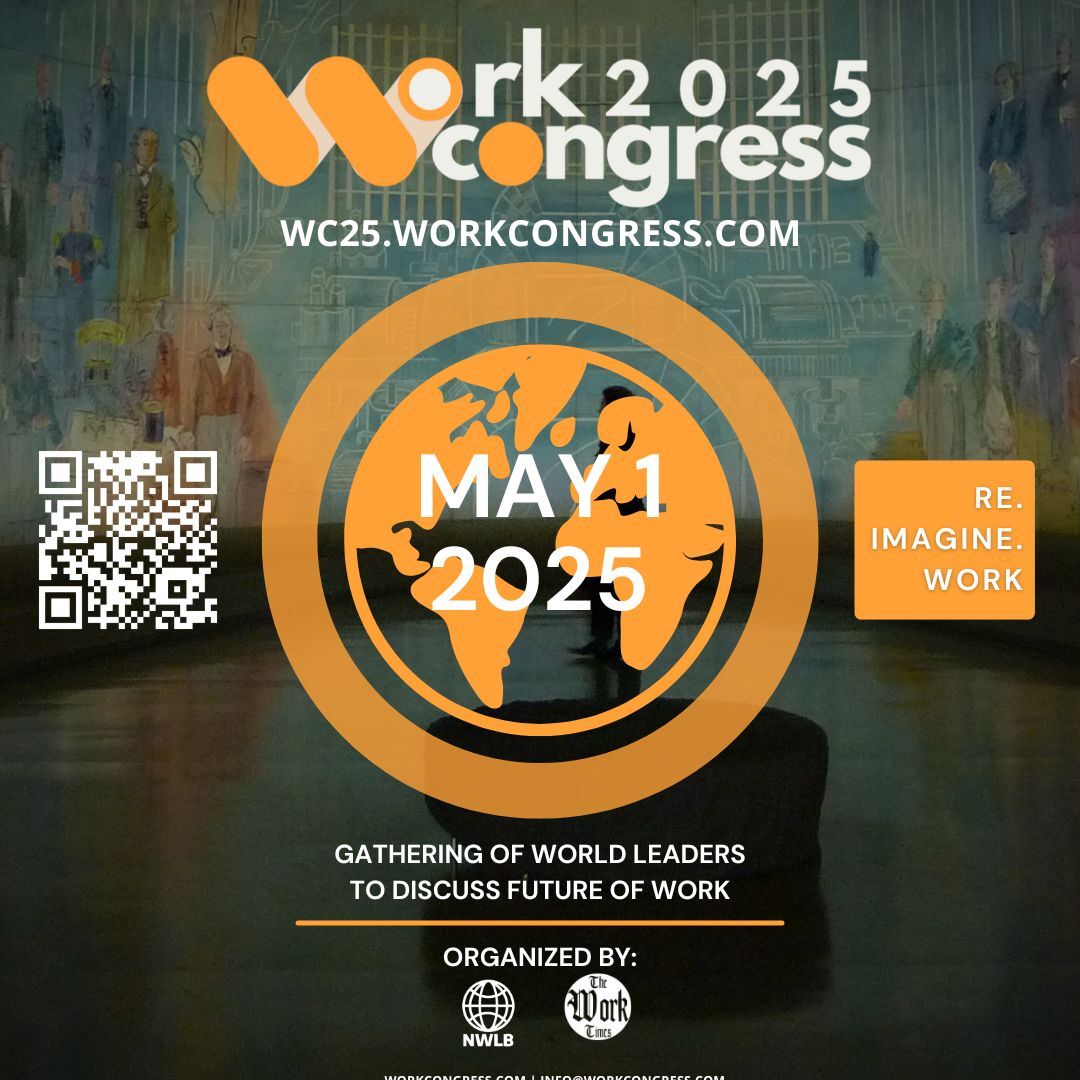In an era dominated by rapid technological advancements, the relationship between humans and artificial intelligence has entered a complex new phase. It is a paradox of our digital age: as skepticism surrounding AI’s credibility mounts, user engagement with generative AI tools like ChatGPT, DALL·E, and their counterparts continues not only unabated but surging. This striking duality reveals much about our collective mindset and the evolving contours of digital interaction.
The Distrust Dichotomy
Yet, despite these well-founded apprehensions, the appetite for AI-driven experiences grows voraciously. Users flock to chatbots that draft emails, generate creative ideas, compose music, help with coding, and even serve as companions for curiosity and problem-solving. The very tools that face critiques for their limitations become indispensable digital collaborators.
Why the Paradox Persists
At the heart of this seemingly contradictory behavior lies a profound human tendency: the quest for augmentation. While AI might be imperfect, its ability to amplify creativity, productivity, and access to information resonates deeply. The promise of AI is not infallibility but assistance — a partner in navigating complexity, rather than a replacement for human ingenuity.
Moreover, engagement is propelled by a sense of experimentation and empowerment. For many, the ability to interact directly with a generative model offers a rare hands-on dialogue with technology, fostering discovery and learning. These platforms transform passive consumption into co-creation, a critical factor in why users keep returning despite lingering doubts.
The Transformation of Digital Interaction
Generative AI reshapes the fabric of digital ecosystems, introducing new modalities of interaction that blur the lines between creator and machine. It changes how content is produced, personalized, and consumed. This shift challenges users to develop a nuanced, critical relationship with AI—balancing trust with vigilance, and enthusiasm with caution.
Digital environments become living laboratories where iterative feedback loops between human and machine teach new norms of dialogue and collaboration. Users learn to calibrate expectations, verify outputs, and integrate AI assistance in ways that enhance rather than diminish their agency.
Looking Forward: Embracing the Tension
The coexistence of distrust and reliance is not a weakness; it is a sign of maturation. It reflects a collective reckoning with the complexities of building intelligence that is not merely artificial but adaptive, contextually aware, and aligned with nuanced values.
Rather than seeking to resolve this tension prematurely, the journey forward invites embracing it. Encouraging transparent AI systems, fostering literacy in interpreting AI outputs, and nurturing communities that share experiences openly will help harness this paradox for innovation rather than disillusionment.
Ultimately, the story of AI in 2024 is a tale of resilient curiosity — a testament to how humanity approaches uncertainty with openness and inventiveness. Though distrust shadows AI’s rise, it fuels a deeper engagement that shapes the technology’s evolution and everyone’s role within it.
In the interplay between skepticism and adoption lies the future of digital intelligence: uncertain, challenging, yet undeniably exciting.

